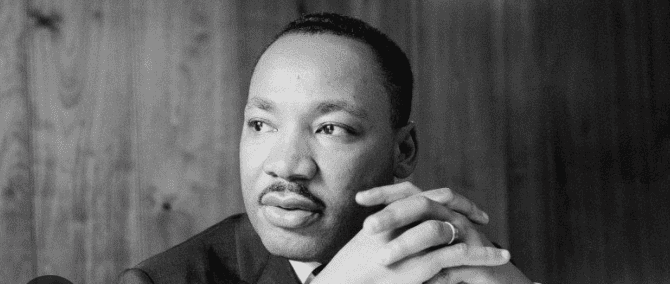OpenAI has announced it will permanently halt the creation and distribution of artificial intelligence-generated depictions of Dr. Martin Luther King Jr., following concerns raised by his family. The company, known for developing ChatGPT, confirmed the decision in a joint statement with the King estate posted to X.
TMZ posted examples of the deepfakes, and we absolutely think the idea of making AI MLK content is all the way bad. But we need to show you what prompted the estate to call out the clear problems with this technology and how it was being used.
“While there are strong free speech interests in depicting historical figures, OpenAI believes public figures and their families should ultimately have control over how their likeness is used,” the statement read.
The move comes after Bernice A. King, the youngest child of Dr. King, requested the removal of what she described as “disrespectful depictions” of her father. In recent months, AI-generated deepfakes featuring the civil rights leader began circulating on social media, prompting widespread criticism and debate over digital ethics and legacy protection.
OpenAI’s new policy now allows the families or official representatives of public figures to request the restriction of their likeness from being used in AI-generated content. This marks a significant shift for the company, which previously had no clear policy regarding the digital recreation of deceased individuals.
Bernice King publicly applauded the decision, emphasizing that her father’s image should be treated with dignity and legal respect. “While Daddy was a public figure, he was not an elected official, and his image is not public domain. He was a private citizen,” she said. “Many of the AI depictions never rose to the level of free speech. They were foolish.”
The announcement follows the launch of OpenAI’s new video-generation platform, Sora 2, which allows users to create highly realistic AI-driven visuals. As the technology evolves, the company’s latest move signals a growing awareness of the ethical boundaries surrounding digital likeness and historical representation.

